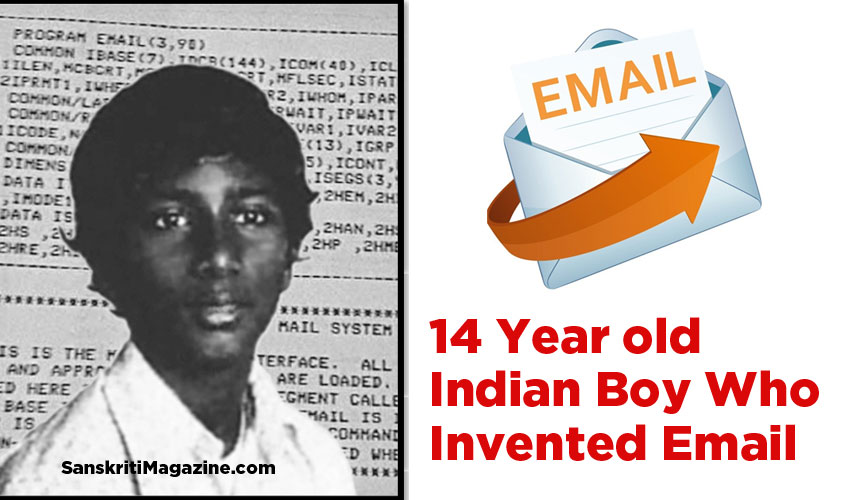By Larry Weber
In 1978, a 14-year-old Indian boy invented email.
He created a computer program, which he called “email,” that replicated all the functions of the interoffice mail system: Inbox, Outbox, Folders, Memo, Attachments, Address Book, etc., the now familiar parts of every email system.
On August 30, 1982, the US government officially recognized V.A. Shiva Ayyadurai as the inventor of email by awarding him the first US Copyright for “Email,” “Computer Program for Electronic Mail System,” for his 1978 invention. This was awarded at a time when Copyright was the only way to protect software inventions.
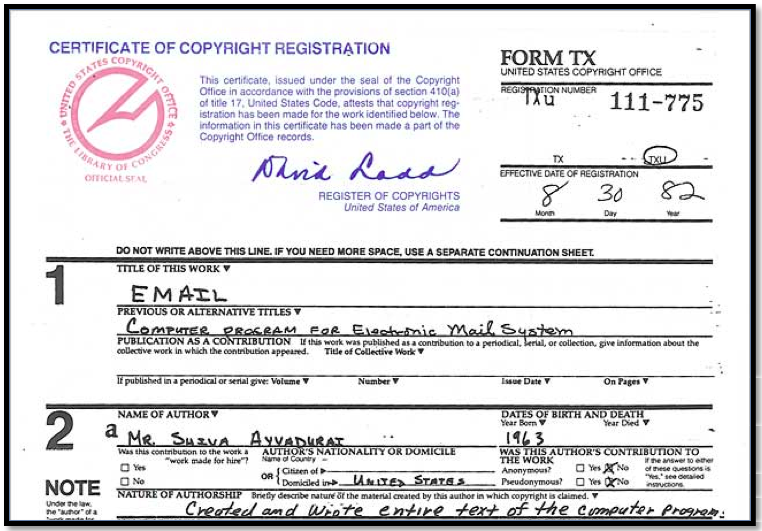
Email, however, emerged from somewhat unlikely circumstances. Email wasn’t created, with a massive research budget, in big institutions like the ARPANET, MIT or the military. Such institutions had thought it “impossible” to create such a system, believing it far too complex.Email was created in the heart of inner city Newark, NJ, at a relatively small institution, with little to no funding.
Shiva was given something that big institutions, however, may have found hard to provide: an ecosystem of loving parents, a wonderful mentor, dedicated teachers and a collegial environment where he was treated as an equal though his colleagues were 20 to 40 years older.
In that ecosystem, Shiva thrived, and the world got email!
That ecosystem of love, caring and community allowed his creativity to blossom. History shows that such ecosystems are ultimately the source from which innovations can continually emerge in a healthy and sustainable manner.
When Shiva was accepted to a special program at New York University (NYU) to study computer science, for example, his mother and a neighbor took turns driving him at 5 AM to Newark’s Penn Station, from where Shiva took the train to NYU.
After finishing the NYU program, another family friend, Martin Feuerman took the initiative to introduce Shiva to Dr. Leslie P. Michelson, then Director of the Laboratory Computer Network (LCN) at the University of Medicine and Dentistry of New Jersey (UMDNJ). Shiva’s talent, passion and commitment immediately impressed Dr. Michelson, and he offered Shiva a position as a Research Scholar, and gave him a challenge: to convert the old system of paper-based mail communications used at UMDNJ to an electronic one.
Before Shiva could take on this challenge, he needed approval from his high school. A 14-year-old student traveling thirty miles to Newark, in the middle of school hours, was unprecedented.
But a dedicated teacher, Stella Oleksiak, became Shiva’s advocate. She negotiated with the principal and school administrators at Livingston High School, and convinced them that Shiva was responsible and given this opportunity, he would make an important contribution. The school’s administration acquiesced, and allowed Shiva to travel to Newark, during school hours, to start the project.
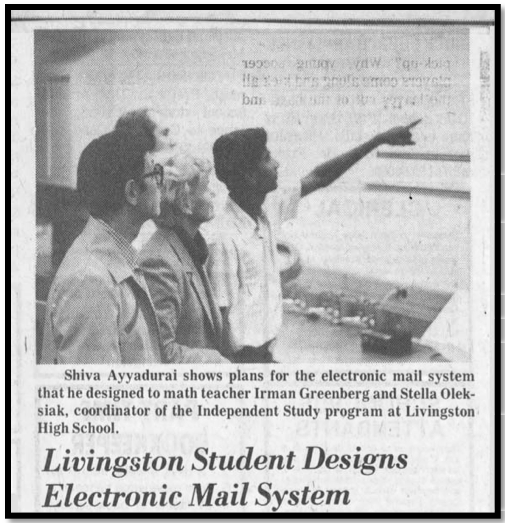
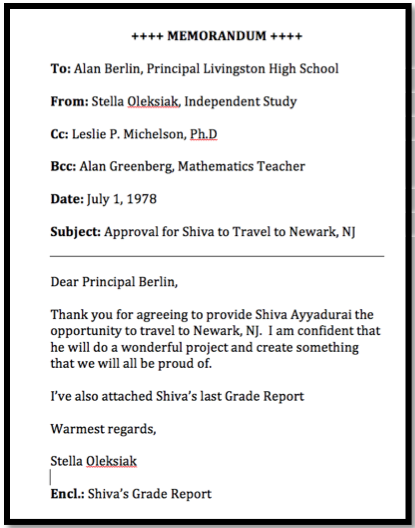
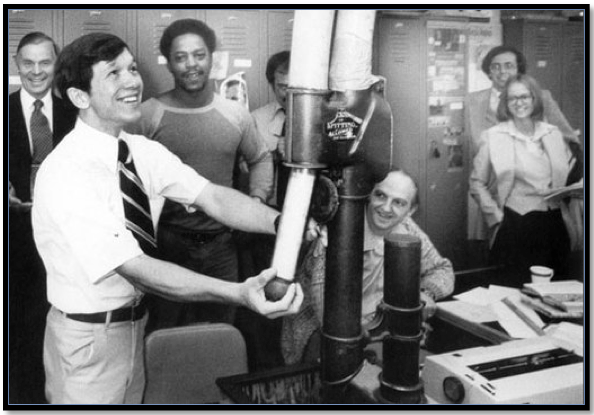
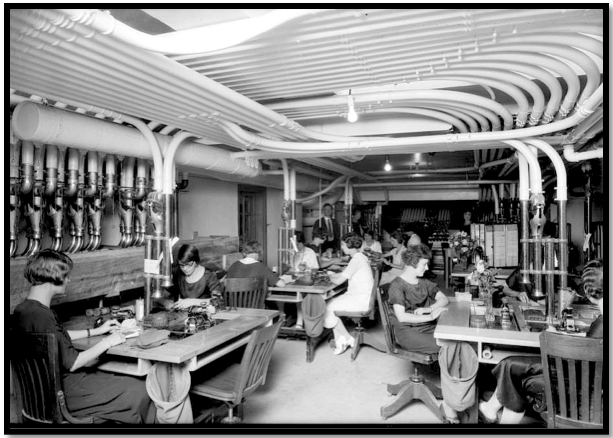
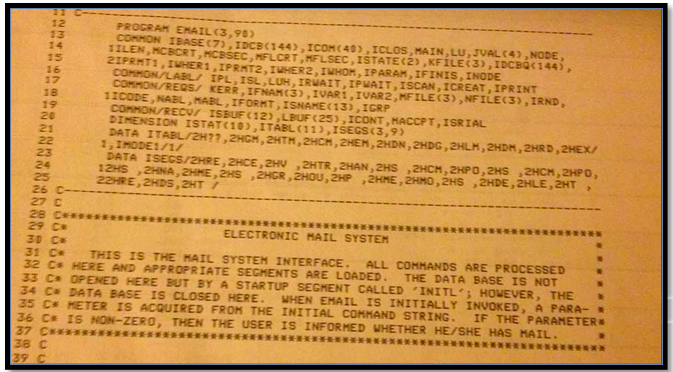
The FORTRAN programming language, the language in which Shiva coded his computer program, required all names to be in upper case and the operating system imposed a five-character limit on program names. Given these limitations, he created the word “EMAIL” to name his program, a term never used before in the English language.At the time of email’s invention, the US government didn’t even have laws to protect the intellectual property rights of inventors of software programs. The Copyright Act of 1976 only protected music and literary works. In 1980, this Act was amended to protect software inventions.
Shiva submitted an application in 1981 to the US Copyright Office along with copies of his email computer code and the User’s Manual to the Library of Congress. By submitting his code and the manual, he made his work publicly available to all. It is therefore no coincidence that other email programs, one after the other, from Eudora, to Lotus Notes to Outlook, emerge after 1982, as the infographic shows. (Post continues below.)

This is not to say that someone would not have created an electronic version of the interoffice mail system, perhaps even calling it something else, at some point in history; but the facts are that a 14-year-old boy, working in Newark, NJ, was the first to do it, the first to call it “email,” and the first to receive official recognition, for the invention, by the U.S. government. Prior to 1978, experts and electronic messaging researchers at big institutions, including members of the ARPANET team, thought it “impossible” to create such an electronic inter-organizational mail system. The seminal RAND report, written by David Crocker, a leading ARPANET electronic messaging researcher, makes this unequivocally clear. In December of 1977, Mr. Crocker wrote:
“At this time, no attempt is being made to emulate a full-scale, inter-organizational mail system. The fact that the system is intended for use in various organizational contexts and by users of differing expertise makes it almost impossible to build a system which responds to all users’ needs.” (D. Crocker, December of 1977)
This report was written just a few months before Shiva began his project at UMDNJ. The big institutions such as the ARPANET, MIT and the military had decided not to even attempt to create an electronic replica of the interoffice mail system. They chose to focus on the simple exchange of text messages between devices, dating back to the lineage of the Morse Code telegraph of the 1800s. Their efforts were the precursors to what we know today as Texting, Chat, and Twitter, the simple exchange of short messages, but certainly not email. Shiva, however, had a singular focus to create a “full-scale inter-organizational mail system” in order to make the lives of office workers easier. He took into consideration human factors: the system had to be easy-to-use. He created a simple user interface so secretaries, doctors, students, and staff could easily migrate from the typewriter to the keyboard. His system did not need the Internet or ARPANET, but ran on the Wide Area Network (WAN) and Local Area Network (LAN), already in place at UMDNJ. In 1981, Shiva received a Westinghouse Science Talent Search Honors Award, known as the “Baby Noble’s” for his invention. In his Westinghouse application, the young teenager had a remarkable prescience on the future of email. He wrote in the conclusion of his application:
“One day, electronic mail, like Edison’s bulb, may also permeate and pervade our lives. It’s practical applications are unlimited. Not only is mail sent electronically, as many telexes and teletypes are capable of doing, but it offers a computational service that automates a secretary’s or file clerk’s work of writing a memorandum, document or letter, editing, filing, and retrieving. If electronic mail systems become a reality, they will surely create different patterns of communication, attitudes, and styles. Volumes of written work, for example, shall become obsolete.”V.A. Shiva Ayyadurai, 1981
The 14-year-old boy’s predictions on email all have come true. Shiva’s example demonstrates that we cannot underestimate the creativity and wisdom of our young people. Nearly 25% of the world’s population is less than the age of 14, and about 50% are below the age of 25.
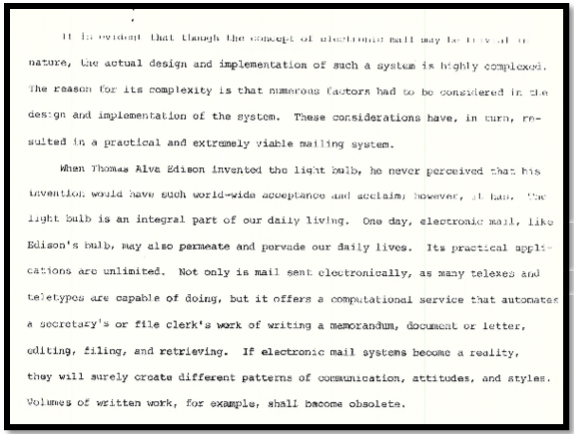
Jim Clifton of the Gallup Organization, in his book the Jobs War, has concluded that the world needs to create 3.2 billion new jobs within the next 10 years. The current models of innovation rely on massive amounts of capital flowing to a few centers of innovation in major cities, big companies, large universities and the military. However, according to Clifton, these current models for innovation will only create 1.4 billion new jobs.
The recent uprisings across the world may likely be attributed to youth feeling distressed and having little hope for jobs and a future where they can flourish. The journey of that 14-year-old boy working in Newark, NJ reveals an inspiring and alternate model for innovation.
Such models may appear as some brilliant exception, because media simply neither highlight nor report accurately such examples, as a rule.
Philo Farnsworth, for example, conceived TV, also as a 14-year-old child, in 1930, working in his home laboratory, in the small farming town of Franklin, Idaho. Like Shiva, Philo had that same ecosystem of loving parents, a wonderful mentor, and a supportive community.
However, it took many decades for the world to even know this fact, and that too, long after he died. Vested interests, for many decades, reacted and worked hard to hide the facts of Philo being the inventor of television; and such vested interests, also reacted in a similar manner, after news of the Smithsonian’s acquisition of Shiva’s code, papers and artifacts, on February 16, 2012, documenting his invention of email.
Is it so hard for us to believe that brilliant innovations such as email and television can emerge in healthy and sustainable ecosystems beyond the bastions of big universities, large companies and the military?
Modern media has an incredible opportunity to share such facts in a timely manner based on reviewing primary sources, and moving beyond simply accepting the word of “experts,” and the propensity to copy and paste from Wikipedia. Factual reporting of other “Shiva’s” and “Philo’s” is more than just good journalism, but one that can give hope to the emerging 3.5 billion young people, below the age of 25 who deserve accurate narratives on the infinite possibilities for creativity and innovation.
In 2011, when Shiva’s mother was dying, she gave Shiva a suitcase, in which she had saved from 1978 all of the computer code, papers and artifacts documenting his invention. The Huffington Post, at that time, was fortunate to have access to copies of Shiva’s documents, before the Smithsonian’s acquisition on February 16, 2012. They were the first media organization to share the Anniversary of Email.
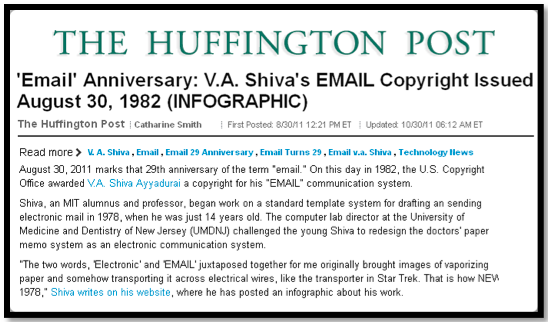
To celebrate this year’s Anniversary, I am honored to be writing this article to launch the five-part Series on the History of Email. I understand that Shiva will also be doing an exclusive HuffPost Live interview alongside his 82-year-old father, on August 29, 2014, to share his journey.
The second article, “The Invention of Email” by Dr. Leslie P. Michelson, Shiva’s mentor, who is currently the Director of High Performance Computing at Rutgers Medical School in Newark, NJ, shares his experience working with Shiva and describes the ecosystem for innovation at UMDNJ in 1978. In the third article, “The First Email System,” Mr. Robert Field, one of Shiva’s co-workers from 1978, will share the details of the system that Shiva built at UMDNJ. In the fourth article, Dr. Deborah Nightingale, former Director of MIT’s Sociotechnical Systems Research Center, and a world-renowned expert in systems and enterprise architecture, will share “The Five Myths About Email.”
We will conclude the Series with Shiva sharing his thoughts on “The Future of Email,” including what we can do to protect our individual freedoms relative to email security and privacy.
We welcome you to the History of Email Series, and invite you to celebrate the Anniversary of Email, this August 30th, and unleash the spirit of innovation!

